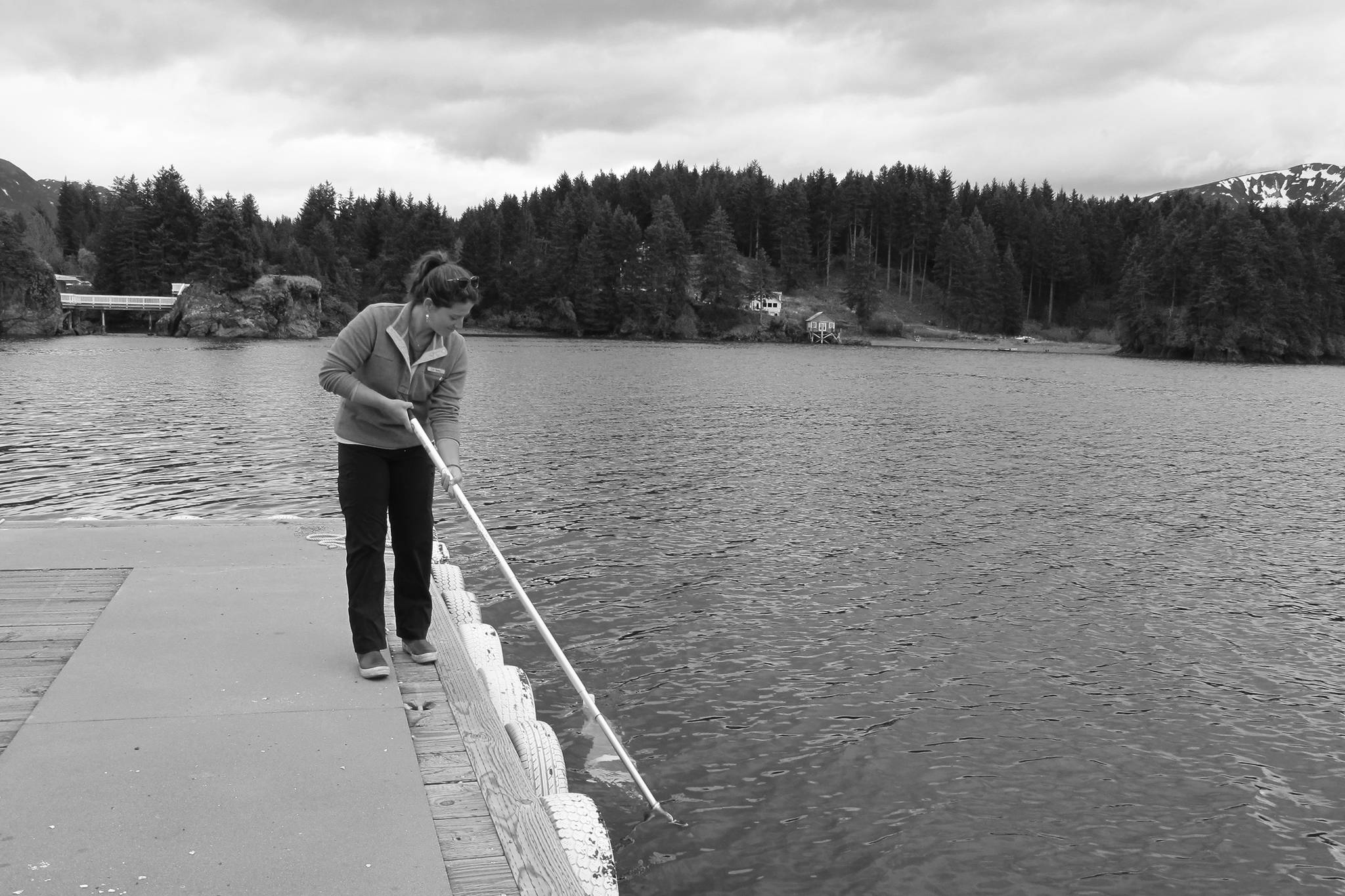This July 4th coincides with the lowest tide of the month. At a -4.9, the 10:27 a.m. tide offers opportunities to examine rocky subtidal creatures or take a long beach walk.
Historically, low tides also meant clam harvesting in Kachemak Bay, but since 2014 harvesting on the north side of the bay has been closed due to a sharp decline in clam populations. This might be a good thing because, starting in 2015, harmful algal blooms have reached toxic levels in wild clams and mussels each year except for 2018.
Warmer ocean temperatures contribute to an increase in the duration and geographical expansion of Harmful Algal Blooms, and the blooms in Kachemak Bay support this. While commercially harvested shellfish are tested regularly and are considered safe to eat, there is no state program to test for recreational or subsistence harvested shellfish for toxins.
The Kachemak Bay National Estuarine Research Reserve (KBNERR) fills that void locally by monitoring ocean temperatures and phytoplankton populations to forecast and track toxic blooms. Since 2015 the Gulf of Alaska has been several degrees warmer than normal, except for a brief cooling in 2018. Temperatures are back up in 2019 and already, in Southeast Alaska, shellfish toxins are well above safe levels for human consumption.
“Toxins in shellfish that can lead to paralytic shellfish poisoning is not new in Alaska, but the rates being seen and the levels it’s being seen at are concerning. Southeast is a scary example of this right now with toxin levels being over 50 times the regulatory limits for human consumption in some areas,” Rosie Masui, the Harmful Species Coordinator at the KBNERR explained. “We’re preparing as if we’re going to be next.”
Masui, along with KBNERR interns and volunteers are keeping an eye on three species of plankton known to produce toxins that can harm humans, other mammals, and seabirds. All are currently found in the bay, “but nothing at concerning levels yet,” according to Masui. The most serious threat comes from a tiny dinoflagellate called Alexandrium which, accumulated by the filter-feeding clams, can cause paralytic shellfish poisoning. Even one “hot” clam may contain enough toxins to cause tingling of the lips and tongue, loss of muscle control and difficulty breathing which can lead to death. Two other species of plankton are also closely monitored: a slender diatom called Pseudo-nitzschia, and the helmet-shaped dinoflagellate Dinophysis, which can cause amnesic shellfish poisoning and diarrhetic shellfish poisoning respectively.
On the south side of the bay, where clamming is not restricted, it’s still better to play it safe and avoid eating wild shellfish. Michael Opheim, Environmental Coordinator with the Seldovia Village Tribe, said, “We used to harvest clams in months with an r,” meaning September – April. “But now we tell people although it’s colder then, butters [butter clams] can hold on to toxins for up to two years. That’s not safe.”
Harmful Algal Blooms may be localized in one or more sub-bays, and even if these toxins don’t show up in water samples, it doesn’t mean shellfish are safe to eat. KBNERR engages community monitors in multiple locations around the bay and throughout South-Central Alaska to collect and analyze phytoplankton samples for potentially toxic species. Blue mussels are also collected at several sites throughout the summer and sent to the Alaska Department of Conservations (DEC) Environmental Health Laboratory in Anchorage off for toxin testing. The data from the phytoplankton and blue mussel samples are then used to notify the state agencies, mariculture (shellfish) farmers, local tribes, recreational harvesters, and the greater community. Testing is done weekly from April through the first week of October, then monthly from October – March.
KBNERR is not a regulatory agency, and instead works closely with the Alaska DEC, who release advisories about wild shellfish when necessary. KBNERR follows the State’s recommendation for harvesters to “dig at your own risk.”
If you have any symptoms upon consuming shellfish, seek immediate medical attention and report any potential poisoning to the State of Alaska’s Section of Epidemiology by calling 907-269-8000 or 800-478-0084 after office hours.
By Jessica Shepherd, Education Coordinator, Kachemak Bay National Estuarine Research Reserve.



